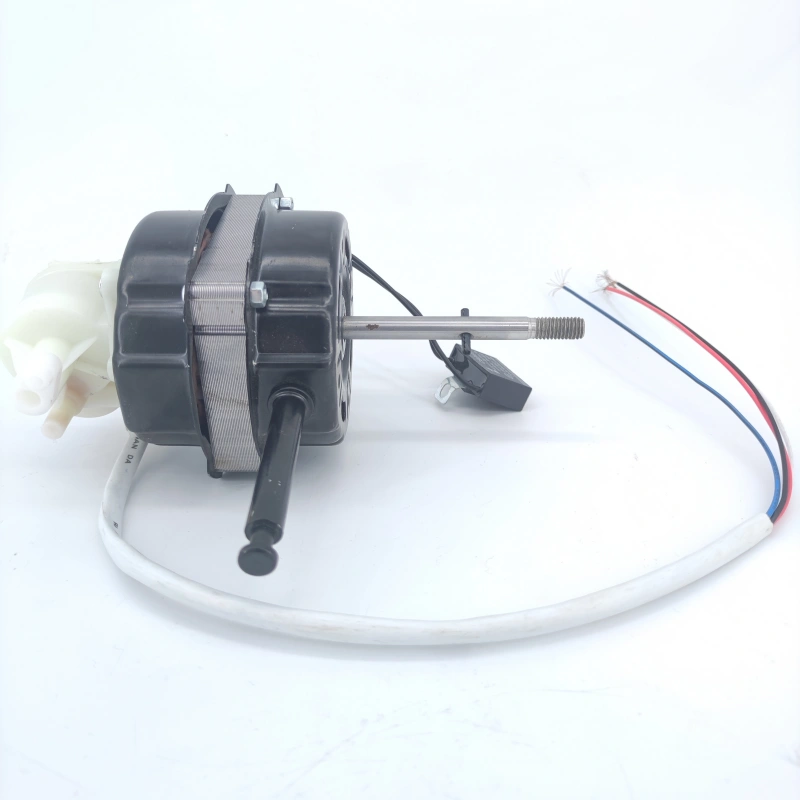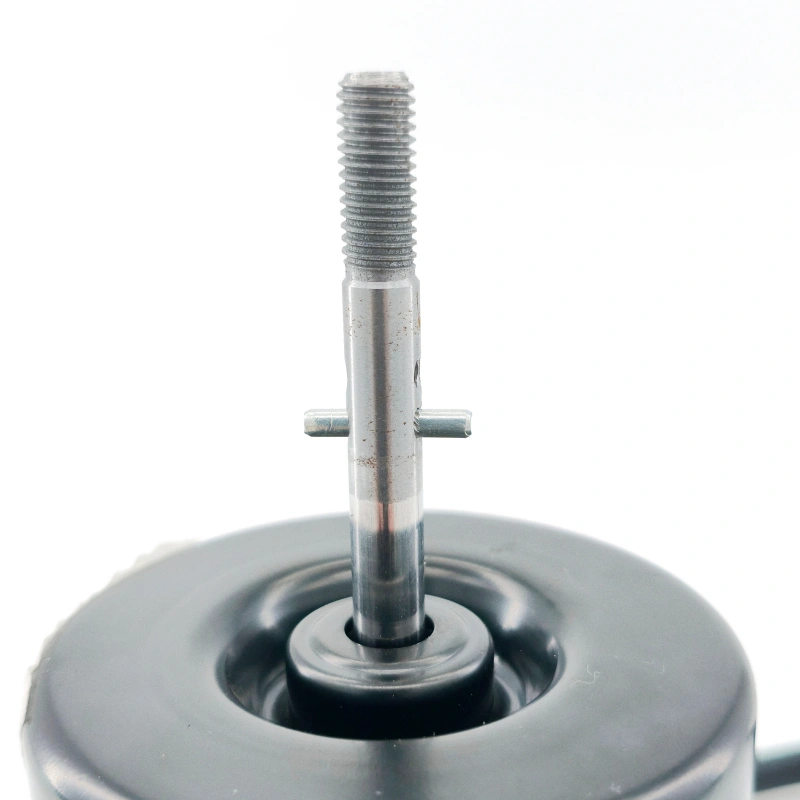In industrial drive systems, the popularity rate of AC motors has remained above 80% for many years, far exceeding the application proportion of DC motors. This phenomenon is not accidental; it is jointly determined by the structural characteristics, operating costs, maintenance requirements, and technical adaptability of the two types of motors. Specifically, it can be analyzed from four core dimensions:
First of all, the reliability advantage brought by simplified structure is a key prerequisite. AC motors (especially asynchronous motors) do not require the commutators and brushes that are essential for DC motors. Their rotors are only composed of silicon steel sheets and windings, with no mechanical contact and wear parts. This design enables them to operate stably in harsh industrial environments such as dust, vibration, and high temperature, with a Mean Time Between Failures (MTBF) of more than 10,000 hours. In contrast, due to brush wear, DC motors usually need to be shut down for replacement every 2,000 to 3,000 hours, which seriously affects the continuity of the production line. For example, in the rolling mill equipment of iron and steel plants, AC motors can work continuously for several months without maintenance, while DC motors used to shut down frequently due to brush spark problems, resulting in a more than 30% decrease in production efficiency.
Secondly, the comprehensive advantage of cost and energy efficiency lowers the threshold for industrial applications. In terms of manufacturing cost, the copper and iron consumption of AC motors is 15% – 20% lower than that of DC motors with the same power. Moreover, AC motors do not require sophisticated commutator processing technology, so the mass production cost can be reduced by about 25%. In terms of operating energy efficiency, the rated efficiency of three – phase asynchronous motors generally reaches 90% – 96%, and ultra – high – efficiency models even exceed 97%. However, due to brush friction loss, the efficiency of DC motors is usually 5% – 8% lower than that of AC motors with the same power. Taking a 100kW motor as an example, an AC motor can save about 12,000 yuan in electricity bills per year (calculated based on an industrial electricity price of 0.6 yuan/kWh and 8,000 hours of operation per year), showing a significant advantage in long – term use cost.
Thirdly, the breakthrough in speed regulation technology has eliminated the traditional shortcomings. In the early days, AC motors were replaced by DC motors in scenarios that required precise speed control because it was difficult to achieve smooth speed regulation for them. However, with the development of power electronic technology, frequency converters can realize stepless speed regulation of AC motors from 0 to 3000 rpm by changing the frequency and voltage of alternating current, with a speed regulation accuracy of ±0.5%, which fully meets the control needs of equipment such as machine tools and conveyors. On the other hand, although DC motors have mature speed regulation performance, they need to be equipped with complex excitation control systems. In high – power applications (such as above 1000kW), their volume and weight are much larger than those of AC motors, and the difficulty of installation, operation, and maintenance increases significantly.
Finally, the power grid adaptability and safety have consolidated the application foundation. Industrial power grids generally use three – phase alternating current for power supply, and AC motors can be directly connected to the power grid for operation without additional rectification equipment, reducing losses and fault points in the process of electrical energy conversion. In contrast, DC motors need to convert alternating current into direct current through rectifiers, which not only increases the equipment cost but also may cause harmonic pollution and affect the stability of the power grid. In addition, the starting current of AC motors can be controlled at 2 – 3 times the rated current through soft starters, avoiding impact on the power grid. However, the direct starting current of DC motors can reach 5 – 8 times the rated value, which is likely to cause power grid voltage fluctuations and interfere with the operation of other equipment.
In conclusion, the comprehensive advantages of AC motors in terms of reliability, cost, speed regulation technology, and power grid adaptability make them the preferred drive equipment in the industrial production field. DC motors, on the other hand, are mostly limited to special scenarios that require extremely high speed regulation accuracy and have small power (such as precision instruments and small robots). With the development of new AC motor technologies such as permanent magnet synchronous motors, their application range will be further expanded, continuously promoting the improvement of industrial automation levels.




